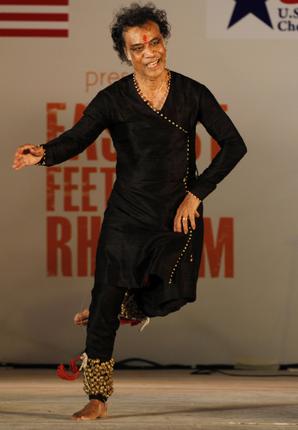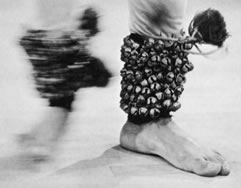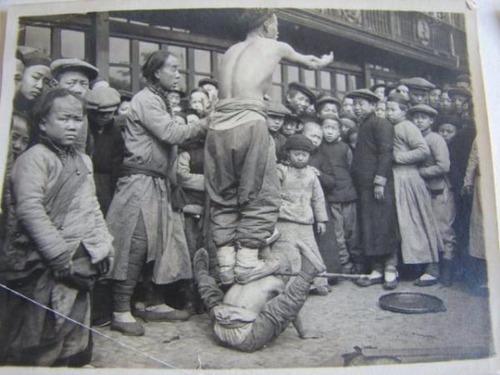Autonomy, Community, Divinity
/An excellent primer on advanced ethical relativism in anthropology and beyond is,Why Do Men Barbecue?: Recipes for Cultural Psychology by Richard A. Shweder. Funny and provocative, if you want a discrete answer to the question, why men barbecue? you better read another book. He doesn't even bring it up. Which is, I suppose, a way of commenting on how crazy most academic discourses on ethics are. Anyway I loved it. If you know a student heading to college, get them this book. It is the intellectual equivalent of concealed-carry.
Shweder, like me, believes that you shouldn't open your mouth unless you can sustain three distinct viewpoints on any subject. To have a real conversation each person needs to bring along multiple opinions, otherwise you are doing something other than carrying on a conversation. This is one of the ways the internet diminishes our interactions.* A well educated seven year old should be able to bring three opinions to any subject, but the capacity to make that multi-view clear in a short written text on the internet is too rare. And perhaps there are fewer seven year olds being educated these days.
How does this relate to martial arts? Simple. Any instruction I give, or learning situation I set up, is informed by the possibility that it is wrong. It is also informed by the probability that there is another way. And the probability that there is a better way. Probability is a term from statistics. As many of my students have pointed out over the years, this requires enormous maturity on the part of the student! They must be responsible for evaluating what they are learning while they are learning it, they must be actively imagining themselves teaching the same thing and contemplating the variety of reactions they could be having. Students need to be capable of challenging me, and each other, otherwise the transmission they are getting is only the road, not the over-view map. That is why I prefer to teach students over the age of seven.
I suppose in an indirect way I am referencing the famous essay by Isaiah Berlin on the question of Foxes vs. Hedgehogs. (Here is my Dad interviewing Stanley Fish, I think this is the interview where he talks about Isaiah Berlin, you'll enjoy it either way!) Foxes are smart about many things, hedgehogs are smart about one thing. We need both. Unfortunately this perspective is a bit dark. There are always fewer foxes than hedgehogs, so being a fox is lonely. Hedgehogs are boring and they dig too many holes! Of course, we foxes do love a really well developed hedgehog! But they are too rare. And they tend to be good at hiding. A good fox needs a lot of good hedgehogs simply to exist.
Are we still talking about martial arts? Or have we drifted into the realm of enlightenment? Or is this a performance art text?
Shweder offers a construct for examining ethics, three categories that are useful for understanding behavior across cultural divides: autonomy, community, and divinity. This examining process is a powerful tool, try applying it to twenty different types of examples and see what kinds of results arise.
In martial arts history for instance we could ask, to what extent the arts were purposely designed to serve each of these ethics? Immediately the subject explodes into a 1000 page dissertation. Consider...
- Autonomy: Self-defense, crime, personal journey of self-improvement, dodging the punishment, social status, owning, profit, passion, self-expression, righting wrongs, secrets.
- Community: Militia, banditry, community defense, family loyalty, brotherhoods, purpose, resource security, vengeance, self-sacrifice, establishing order, keeping the peace, eliminating competition, certainty, duty, unity, giving back, secrets.
- Divinity (this is perhaps a culturally limiting term to describe the ethical category, but you'll get the idea): Demonic possession, exorcism, transcendence, serving the future, rectifying the past, devotion, purity, cosmic alignment, beauty, cutting all ties, not-knowing, the infinite, enlightenment, secrets.
In sketching out the above lists I didn't even attempt to crack techniques or technologies. Where do they fit in? Notice that secrets are in all three categories!
_________________
_________________
* Saying that "the internet diminishes our interactions," is entirely self-referential. I don't believe things were better at some time in the past! The possibilities are just so obviously NOT being lived up to, that's all. (more on that in a future post).






